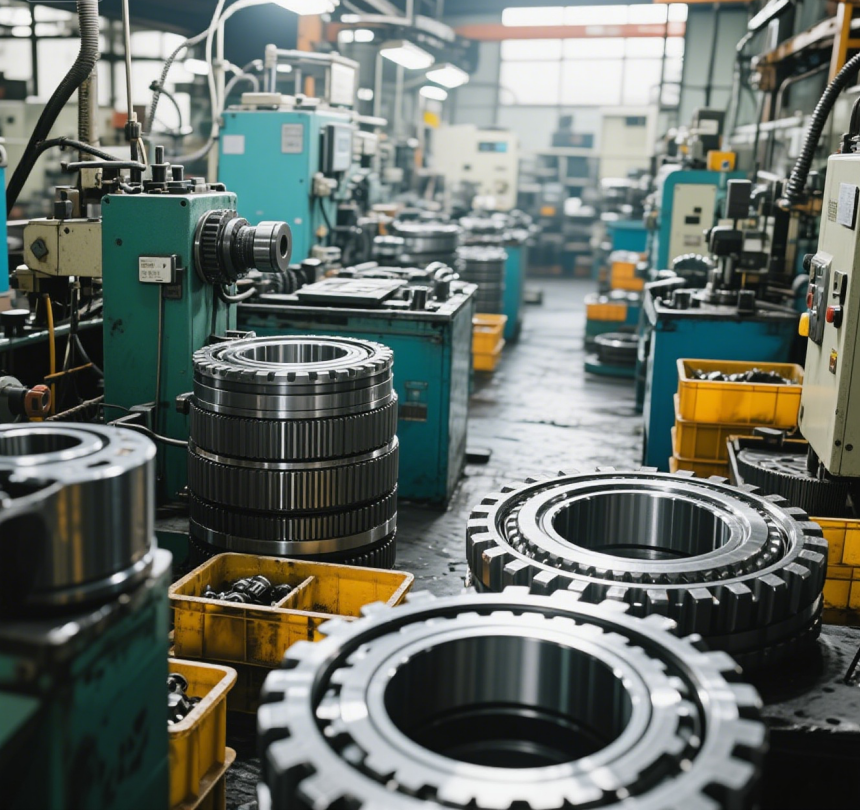In the dynamic realm of industrial automation, the semi – enclosed belt module stands as a crucial component, facilitating smooth and precise linear motion. Understanding its installation process is the key to unlocking its full potential.
Preparation: The Foundation of Success
Before diving into the installation, meticulous preparation is essential. Gather all the necessary tools, including wrenches, screwdrivers, and measuring tapes. Ensure that the workbench is clean and spacious, providing ample room for maneuvering. Check the semi – enclosed belt module for any signs of damage during transit. A quick inspection of the module’s components, such as the belt, pulleys, and linear guides, can save you from potential headaches down the line.
Mounting the Base: Stability is Key
The first step in the installation is mounting the base of the semi – enclosed belt module. Carefully align the base with the designated installation surface, ensuring that it is level. Use bolts or screws to secure the base firmly in place. This initial step sets the tone for the entire installation process. A stable base guarantees that the module will operate smoothly, minimizing vibrations and ensuring accurate positioning.
Installing the Belt and Pulleys: Precision in Motion
Next comes the installation of the belt and pulleys. Thread the belt through the pulleys, making sure it is properly seated and tensioned. The tension of the belt is a critical factor; too loose, and it may slip during operation, too tight, and it can cause excessive wear on the components. Use tensioning tools to achieve the optimal tension as specified in the module’s manual. As you install the pulleys, ensure that they are aligned correctly. Misaligned pulleys can lead to uneven belt wear and erratic motion.
Attaching the Carriage: Completing the Assembly
With the base, belt, and pulleys in place, it’s time to attach the carriage. The carriage is the part that moves along the linear guide, carrying the load. Slide the carriage onto the linear guide and secure it to the belt. Make sure that the carriage moves freely along the guide without any binding or resistance. Check the alignment of the carriage to ensure that it moves in a straight line.
Final Checks and Adjustments: Polishing the Performance
Once the assembly is complete, perform a series of final checks. Visually inspect all the connections to ensure that everything is tightly fastened. Power on the system (if applicable) and test the movement of the semi – enclosed belt module. Monitor its operation for any signs of abnormal noise, vibration, or misalignment. Make any necessary adjustments to optimize its performance.
In conclusion, the installation process of a semi – enclosed belt module, though seemingly complex, is a straightforward journey when approached with care and precision. By following these steps, you can ensure that your semi – enclosed belt module is installed correctly, ready to deliver reliable and efficient linear motion for your industrial applications.



